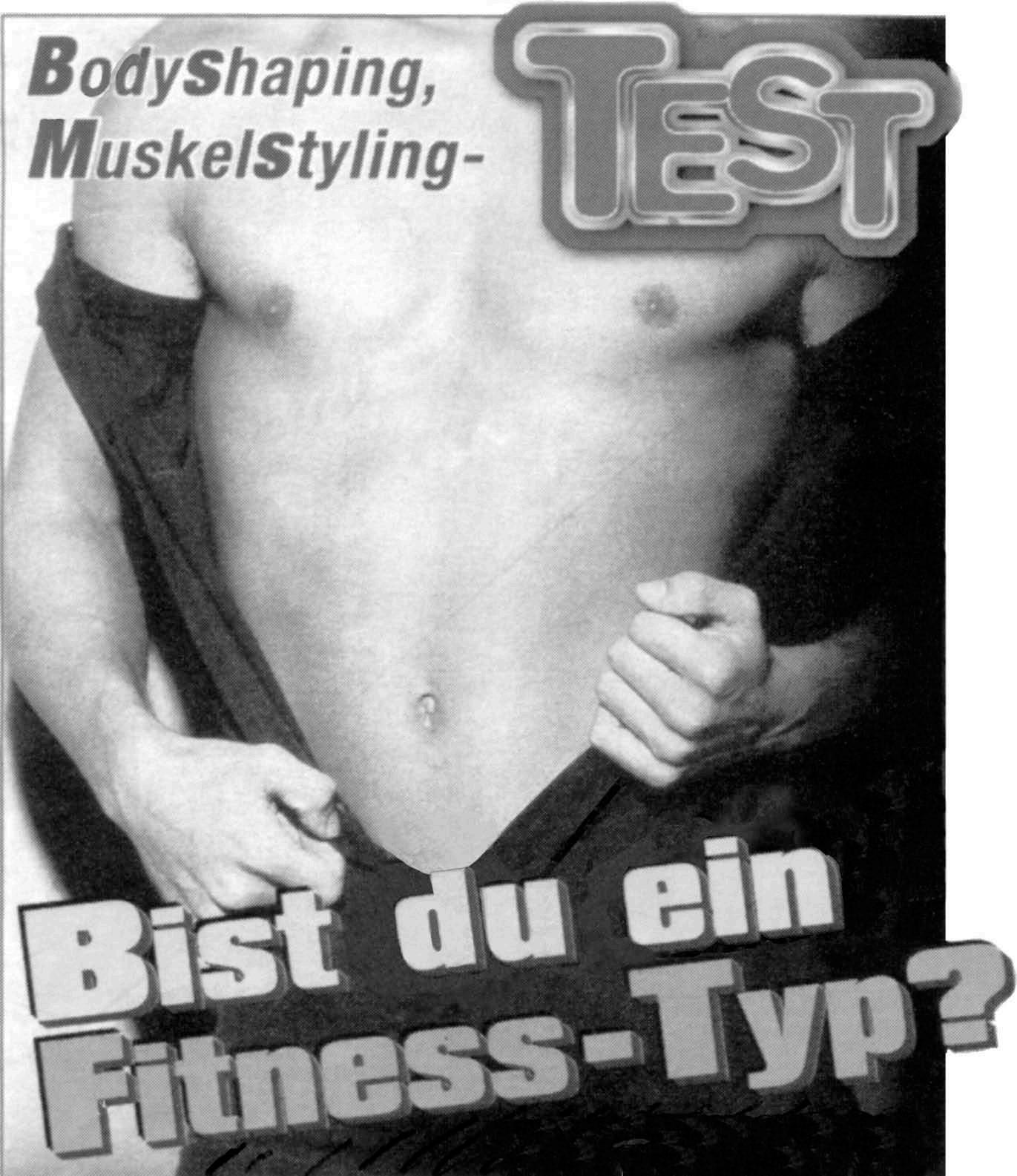5.5 Prepositional adverbs
77
There are also a large number of other prepositions which govern the genitive, but these are restricted in the main to very formal, especially official and commercial language. The following are not infrequent: angesichts der Kälte anlässlich ihres Todes bezüglich des Briefes hinsichtlich der Preise
in view of on the occasion of with reference to with regard to
kraft seiner Autorität längs der Straße seitens des Angeklagten ungeachtet der Tatsache
by virtue of along(side) on the part of notwithstanding
5.5 Prepositional adverbs Prepositional adverbs (sometimes called ‘pronominal adverbs’) are formed by prefixing da(r)- to a PREPOSITION, e.g. damit (with it), daran (on/at it). They typically substitute for preposition third person pronoun, except when the pronoun refers to a person (see 3.7). Compare: Wir warten auf den Mann. Wir warten auf den Computer.
→ Wir warten auf ihn. → Wir warten darauf.
We’re waiting for him. We’re waiting for it.
The pronoun es is not normally used after prepositions: Er freut sich über das Geschenk.
→ Er freut sich darüber.
He’s pleased about it.
The prepositional adverb is always used to refer to whole sentences: Er ist in Paris. Anna weiß nichts davon.
He’s in Paris. Anna knows nothing about it.
If motion is involved, separable prefixes (see 11.6) with hin- or her- are used rather than the prepositional adverb: Sie erreichten den Tunnel und fuhren hindurch.
They reached the tunnel and drove through it.
The prepositional adverb is often used to anticipate a following dass-clause or infinitive clause (see 8.7, 10.3 and 10.6): I’m waiting for him to ring me up. (literally: I’m waiting for it that he rings me up.) Sie sehnte sich danach Georg wiederzusehen. She yearned to see Georg again. (literally: She yearned for it to see Georg again.)
Ich warte darauf, dass er mich anruft.
An equivalent compound is formed with wo(r)- preposition, e.g. womit, wovon, worüber. This is used instead of preposition was (see 10.5): interrogative pronoun
Wofür benutzt man dieses Werkzeug? What do you use this tool for?
relative pronoun
Er hat gefragt, worüber wir gesprochen haben. He asked what we talked about.










